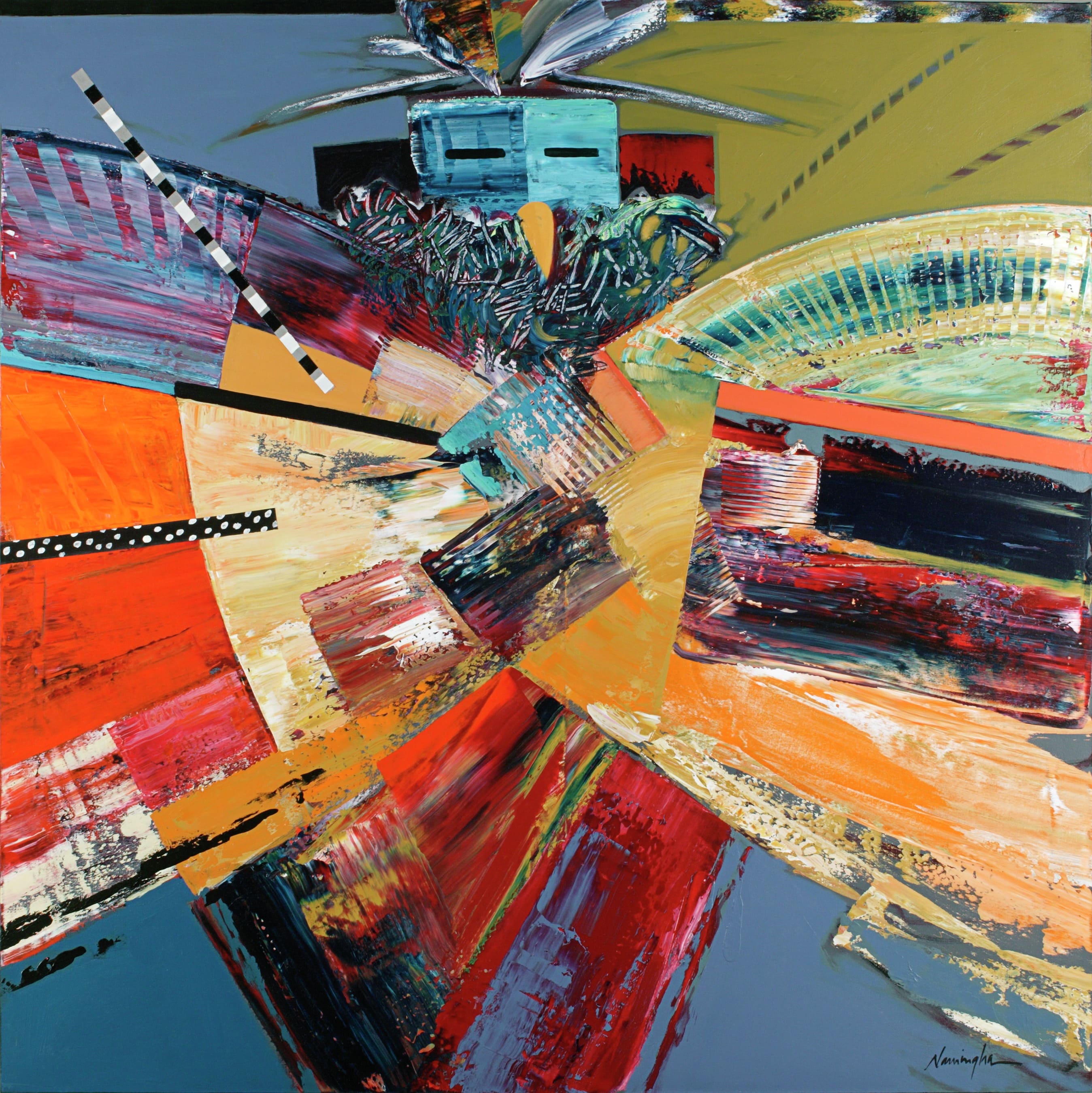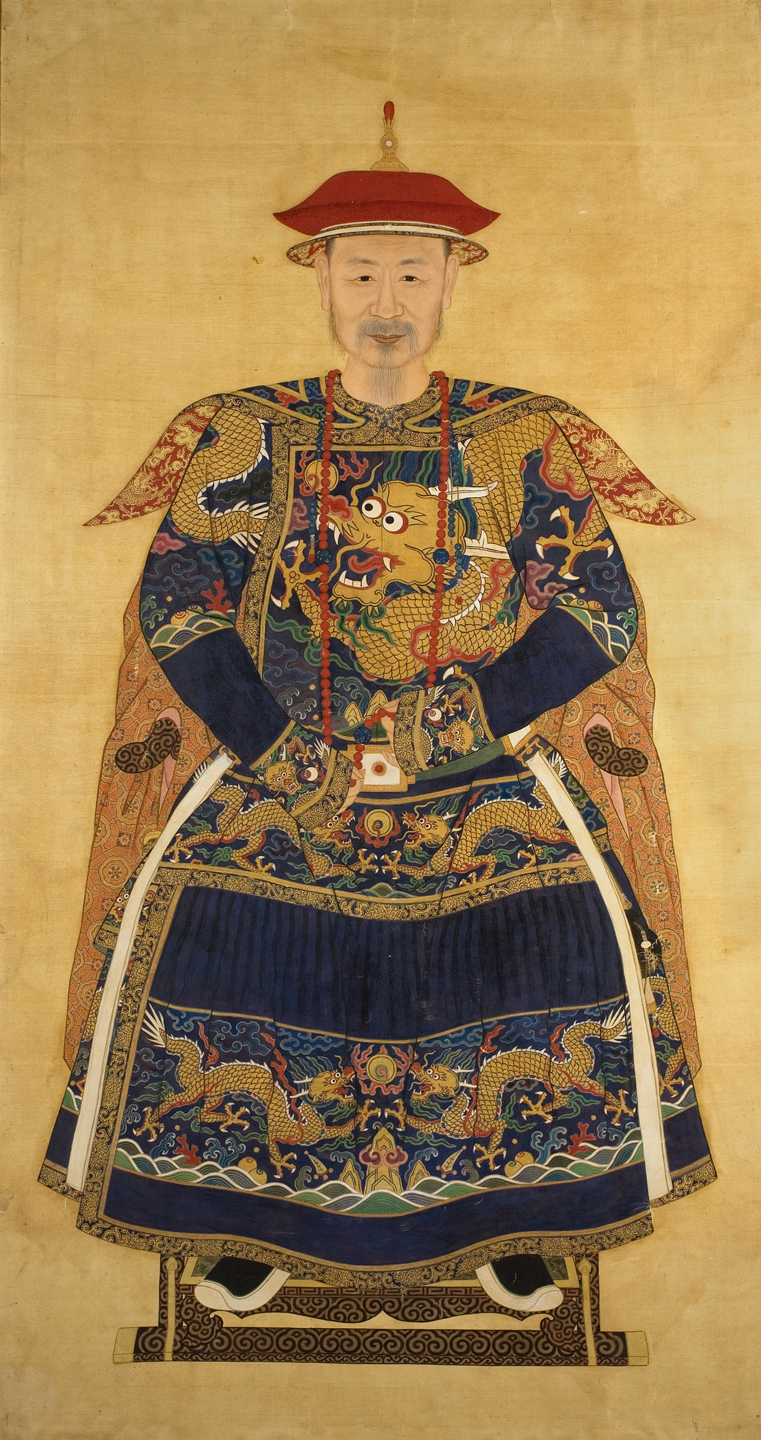
Hopi Eagle Dancer
Dan Namingha, United States,1995
Height: 36 in. Width: 36 in.
Denver Art Museum Collection: Gift of Virginia Vogel Mattern, 2003.1296
This routine will encourage children to relate their personal knowledge of a concrete object with a more abstract image. Students will explore how artists make choices when creating as they investigate different colors, textures, and shapes.
Instructions:
- Gather a box or bin of different colorful, textured, and shaped objects (e.g. feathers, blocks, fabrics, buttons, ribbons, etc.).
- In a small-group or whole-class circle time, invite students to look at an artwork, such as Hopi Eagle Dancer, created by artist Dan Namingha.
- Use the Colors/Shapes/Lines looking routine from Artful Thinking to guide their looking:
- What colors do you see?
- What shapes do you see?
- What lines do you see?
- Once students have had a chance to look at the artwork, ask each child to pick one object from the bin that reminds them of the artwork.
- Your students might choose an object that has a similar color, pattern, or shape to something in the artwork.
- Your students might also choose something reminding them of the sound or feel they imagine the artwork might share.
- Ask them to share about the connection they have made between the artwork and the object they have chosen.
TIP: Model the use of descriptive language and phrasing you want students to use in conversation and when documenting quotes from the students, including adjectives describing the object’s texture, color, shape, pattern, or movement.
Related Creative Activities
Weaving with Various Materials
Ten Times Two

A Portrait of One’s Own
After spending time exploring aspects of the Ancestor Portrait and the importance of ancestor portraits in the Chinese tradition, students will create an ancestor portrait using mixed media materials and present it to the class.

Combining Human and Animal Forms
Students will use visual observation skills to carefully examine the Assyrian Bird-Headed Deity limestone relief and explore the movement, sounds, and traits of different animals. They will first explore these aspects in humans and birds of prey, as seen in the limestone relief, and will then do the same with “animals” they create from two or more animals. This lesson enables children to draw upon previous knowledge and imagination in order to act out the movement, sounds, and other traits of the animals they create.

If You Give a Man a Horse
Students will read the book If You Give a Mouse a Cookie by Laura Numeroff, explore Charles Deas’ painting Long Jakes, and exercise their imaginations to create their own cause-and-effect story.

Let’s Make a Story
This lesson allows students to use their imaginations to identify, explore, and express their understanding of Sandy Skoglund’s Fox Games. They will discuss the imagery as a class and create a group story with each student contributing one sentence about the foxes in the installation.
